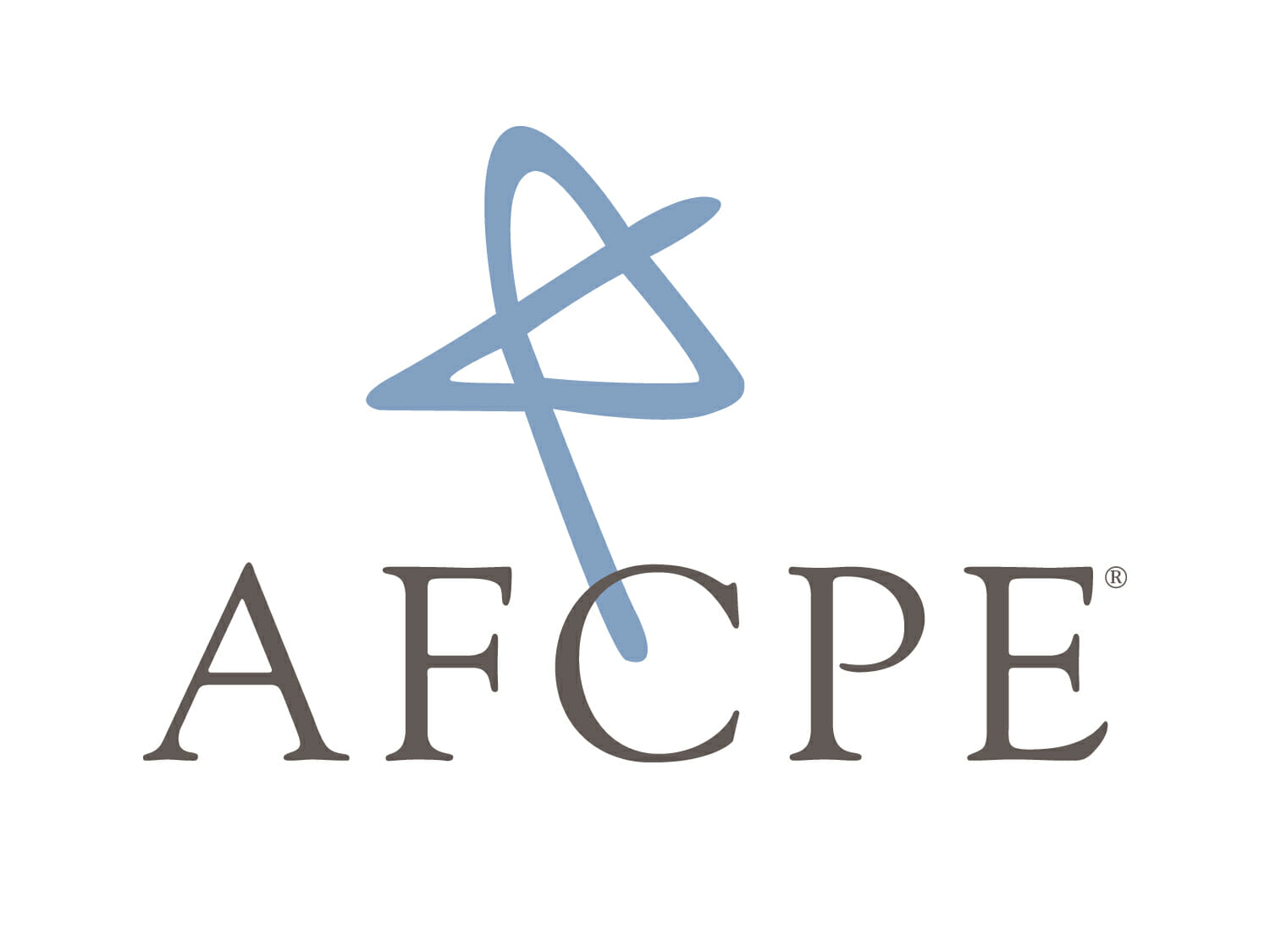There’s no way around it – financial struggles are can be both difficult and overwhelming. However, if you take some time to visualize where and how your money is being spent, you may find that you actually have more money than you thought. “How,” you ask? Here are three simple steps:
- Develop a Spending Plan.
Because money without a name will disappear, most people who prepare a written budget discover money they didn’t realize they had. Give it a try – you may be pleasantly surprised. However, even if you learn that you are indeed “upside down” every month, your budget is still your friend. Why? Because it tells you the raw truth . . . something only a real friend will do. A family I know (let’s call them the Jones family) recently prepared a budget which told them they were spending $600 more than they were bringing home every month. The good news is that they also discovered that they already had that much money – and more — they just needed to find it and start using it. How? Read on.
- Turn your “extra” checks into Residual Income.
Because Mr. Jones is paid weekly, he receives five paychecks four months each year. His wife, who is paid bi-weekly, receives three checks two months every year. These “extra” checks totaled $5,000 throughout the year – just what they needed to be setting aside for property taxes and homeowners insurance (budget items which come due annually).
Think with me on this: The Jones’s had already budgeted this $5,000 by having $417 automatically transferred from their checking to their savings account each month. However, by agreeing to always obligate their “extra” checks toward property taxes and insurance, they freed up $417 from their budget. Let me hasten to state that this tactic won’t work for those who get paid monthly or bi-monthly because they have no “extra” checks. This family, by finding and utilizing money they already had ($817 a month), did not only meet their budgeted expenses, but also paid an additional $217 each month on debt reduction. Their stress levels have gone way down as their money management skills have gone way up. The Jones family is a happy family.
- Incorporate your income tax refund into your Budget.
The average refund nationwide is about $3,000, but the Jones family normally received more than twice that amount. Think about what is wrong with this picture: They struggled to make ends meet month after month while sending Uncle Sam money throughout the year . . . money the IRS would clutch until the Jones’s filed a proper tax return the following year. By claiming more exemptions on their W-4 forms, this family was able to increase their take-home pay by $400 a month . . . a huge step in the right direction, but still $200 a month short of balancing their budget. Again, they already had this money, but weren’t making use of it until they applied step three.
Have you applied any of these three steps to your finances? How did it go? Do you have any additional tips on finding money you already have? Leave a comment!
Guest Contributor, Deran Tolbert, AFC®, Serco, Inc.

Leave a Reply